Travel Guide for Visiting Yellowstone in January
Here’s everything you need to know about visiting Yellowstone in January: services available, roads open, things to do, what to pack, and where to stay.
The top reason we enjoy visiting Yellowstone in the winter is the unique experience you can’t get anywhere else! Yellowstone is a destination like no other, and with limited ways to enter the park in January, you can enjoy the quiet and serenity.
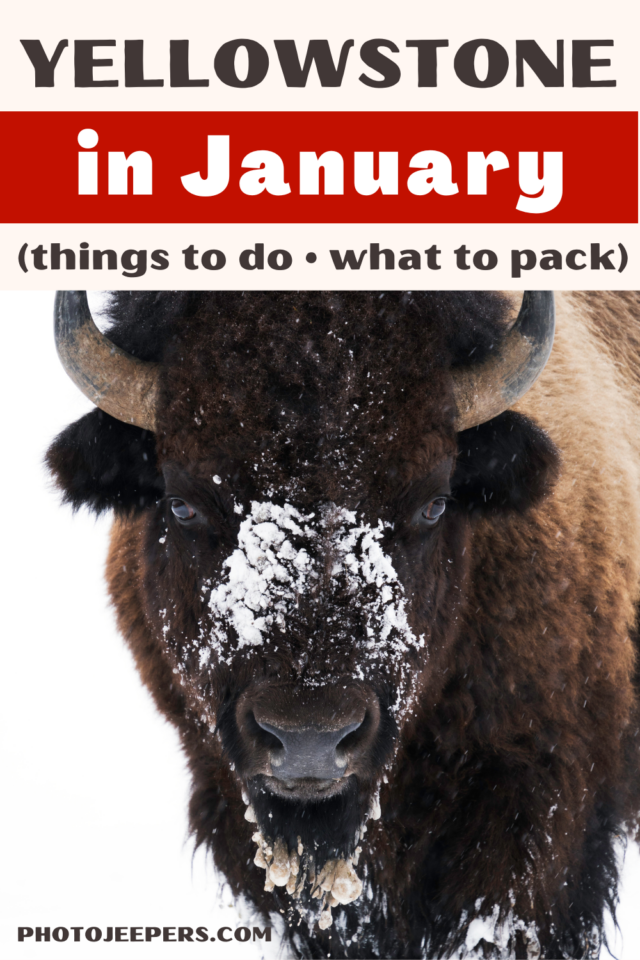
Use this Yellowstone National Park travel guide to decide if January is a time to want to visit this stunning park!
We live only hours away and visit Yellowstone often. The tips we share are based on our experiences visiting the park this time of year, and specifically in January.
When planning a winter trip to Yellowstone, our number one tip is to pack and wear winter clothes so you can enjoy your time in the park!! Grab your free Yellowstone winter packing list by clicking the image below!
This site contains affiliate links which means WE may receive commissions for purchases made through these links. We only provide links to products we actually use and/or wholeheartedly recommend! As an Amazon Associate, we earn from qualifying purchases. Read the full Disclosure Policy.
Visiting Yellowstone in January
In January you’ll find the Yellowstone landscape covered with snow. The steam from the hot pools and geysers is more pronounced in the cold air. And the wildlife stands out against the white snow. Check out these Yellowstone National Park winter pictures to inspire you to plan a trip during this time of year!
The top reason we enjoy visiting in January is the unique experience you can’t get anywhere else! Yellowstone is a destination like no other, and in the winter it’s even more so with steaming geysers amid a snowy landscape.
Yellowstone Roads in January
In January all roads except from the north entrance in Gardiner to the northeast entrance in Cooke City are closed. Be sure to read the fall and winter Yellowstone road closure dates for the most updated year-to-year information.
You can access the park from West Yellowstone and the south entrance near Grand Teton by snow coach tours, snowshoeing, cross country skiing or snowmobile tours.
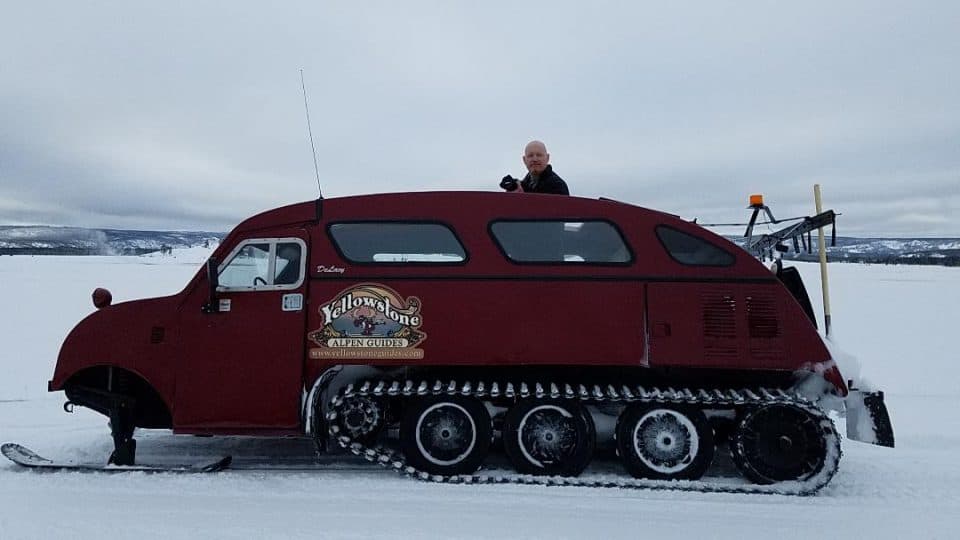
Yellowstone Services in January
Mammoth Hot Springs to the Northeast Entrance is the only part of the park open to wheeled vehicles in the winter. The road is open up to Cooke City, Montana, after which the road is closed (no through-traffic to Red Lodge, Montana or Cody, Wyoming). Services are very limited between Mammoth Hot Springs and Cooke City, Montana.
Mammoth Hot Springs and Tower-Roosevelt areas:
- Albright Visitor Center
- General Store
- Mammoth Campground
- Mammoth Clinic
- Post Office
- Mammoth and Tower-Roosevelt Service Stations – credit card fueling only 24-hours
Old Faithful area:
- Old Faithful Snow Lodge
- Old Faithful Visitor Education Center
- Old Faithful and Grant Service Stations – credit card fueling only 24-hours
Canyon Area:
- Canyon Yurt Camp
- Canyon and Fishing Bridge Service Stations – credit card fueling only 24-hours
Warming Huts available in the winter:
- Canyon Visitor Education Center Lobby
- Fishing Bridge
- Indian Creek
- Madison
- Mammoth Hot Springs
- Old Faithful Yurts
- West Thumb
Always check the Yellowstone operating hours and seasons for the most updated information.
Yellowstone Weather in January
The Yellowstone National Park weather in January is cold and snowy. Average temperatures range from highs in the upper 20s and lows close to 0.
Layers are key when exploring the park in the winter. Reference our winter clothing guide so you can enjoy the outdoors, even when it’s cold!
- Insulted boots – Baffin winter boots are amazing!!
- Darn Tough heavy wool socks
- Wicking and quick-drying base layers
- Columbia fleece jackets are our favorite!
- Insulated winter jacket – to layer atop the fleece jacket for the cold mornings and evenings, trust us!
- Winter hat
- Winter gloves
- Rechargeable hand warmers
- Fleece neck gaiter
Things to Do at Yellowstone National Park in January
There are quite a few Yellowstone winter activities to enjoy in January. Winter in Yellowstone means fewer crowds, VERY COLD temperatures, and stunning winter landscape scenes with steaming geyser basins.
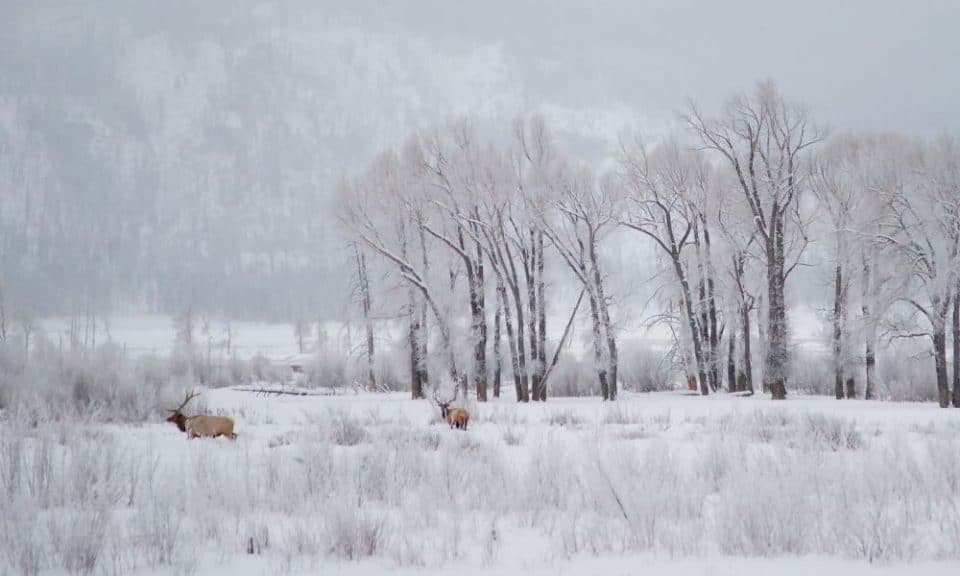
Drive the North Entrance Road in January
If you’re close to the north entrance, be sure to drive the one open road from Gardiner to Cooke City, it’s a fun day trip. As you drive through Lamar Valley, look for bison and elk… and if you’re lucky, you’ll see wolves, fox or moose!
The Albright Visitor Center in Mammoth remains open year-round and is a great resource for information about the park. There’s also a museum in the lower level of the Visitor Center, and rangers are available to answer any questions about closures that you may have.

Yellowstone Winter Tours in December
Winter in Yellowstone is not your ordinary vacation. In mid-December, the roads open to oversnow travel only via snowmobile, snowcoach, snowshoe and cross-country ski.
We highly recommend booking a Yellowstone National Park winter tour! Many of the tours will provide hotel pick up and drop-off. Most Yellowstone winter tours do NOT include gratuity for the guide.
Yellowstone National Park may require all guests to pay the entrance fee or show your National Park pass.
We enjoyed traveling along Yellowstone’s snow-covered roads in a bomardier snowcoach. There were no streams of cars, RVs or tour buses crowding the roads. If you’ve ever visited Yellowstone in the summer, you know this is a welcome change.
- Yellowstone Snowcoach Photography Tour
- VIP Private North Yellowstone Winter Excursion
- Yellowstone Winter Tour With Naturalist Guide
- Yellowstone Winter Wildlife Safari
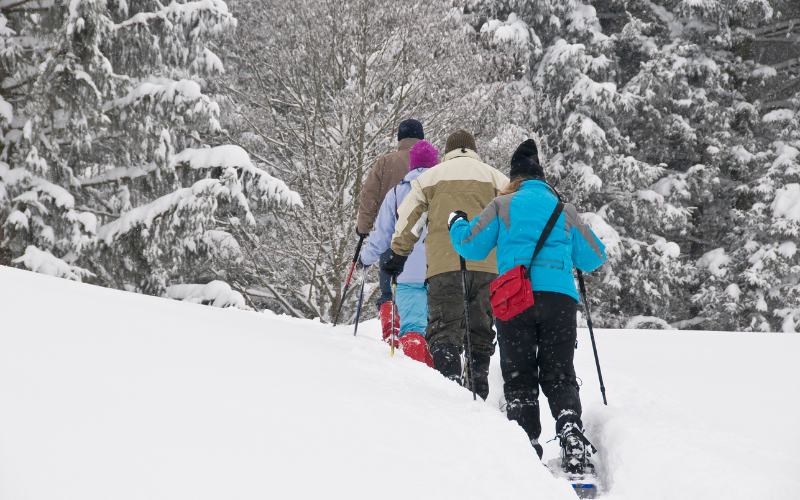
Yellowstone Cross-Country Skiing and Snowshoeing in January
All unplowed roads and trails are open to cross-country skiing and snowshoeing. Here’s a list of Yellowstone ski and snowshoe trails by region.
Canyon Ski & Snowshoe Trails: Canyon Rim, Cascade Lake, North Rim, Old Canyon Bridge, Roller Coaster
Mammoth Hot Springs Ski & Snowshoe Trails: Bighorn Loop, Bunsen Peak, Indian Creek, Sheepeater, Snow Pass, Upper Terrace Loop
Northeast Ski & Snowshoe Trails: Bannock, Barronette, Pebble Creek
Old Faithful Ski & Snowshoe Trails: Black Sand Basin, Divide, Fairy Falls, Fern Cascades, Lone Star Geyser, Mallard Creek, Mallard Lake, Observation Point Loop, Spring Creek
Tower Ski & Snowshoe Trails: Blacktail Plateau, Chittenden Loop, Lost Lake, Tower Fall, Yancey’s Hole
West Yellowstone Ski & Snowshoe Trails: Bighorn Pass, Black Butte, Daly Creek, Fawn Pass, Gneiss Creek, Riverside, Specimen
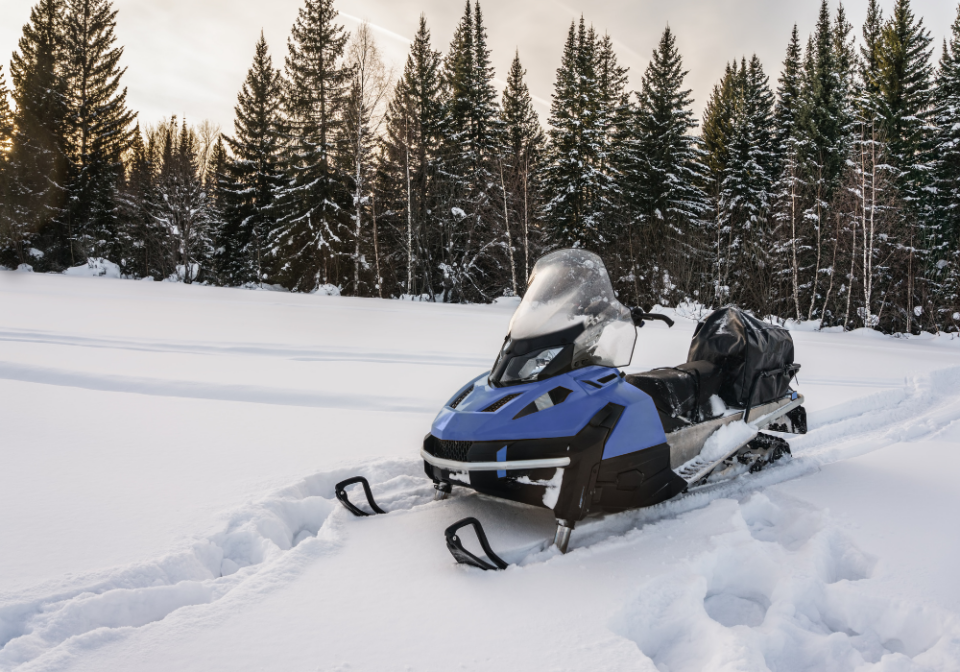
Yellowstone Snowmobiling in January
The road between Mammoth Hot Springs and the northeast entrance is the only road in the park open to regular traffic all year long. All other roads in the park close in early November to prepare for the winter season.
By mid-December when enough snow accumulates on the roads, they open to “oversnow” travel only. This means the only way to visit Old Faithful, the Grand Canyon of the Yellowstone, and other areas in the park during the winter is by guided snowmobile or snowcoach.
In addition to the tours listed above, here’s a list of more authorized tour companies for snowmobile tours.
- See Yellowstone Alpen Guides
- Backcountry Adventures
- Old Faithful Snowmobile Tours
- Scenic Safaris
- Yellowstone Expeditions
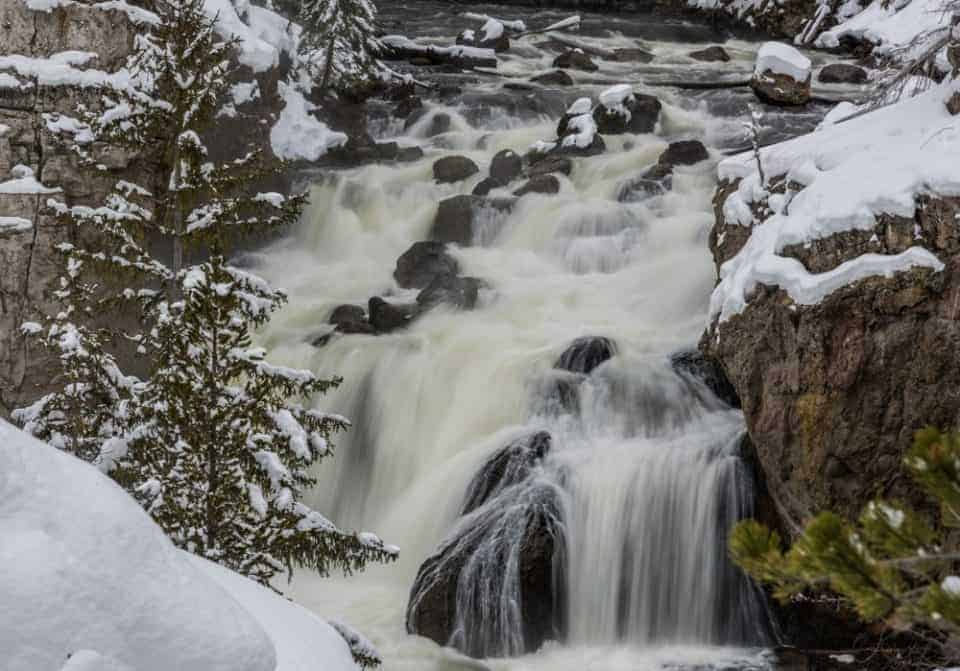
Yellowstone Waterfalls in January
We love to visit and take pictures of all the Yellowstone waterfalls. In January, there are 3 waterfalls you can access along on the northern road:
- Undine Falls
- Wraith Falls
- Lost Falls
There are a few waterfalls you can see on snowcoach tours:
- Firehole Falls
- Gibbon Falls
- Lower Falls
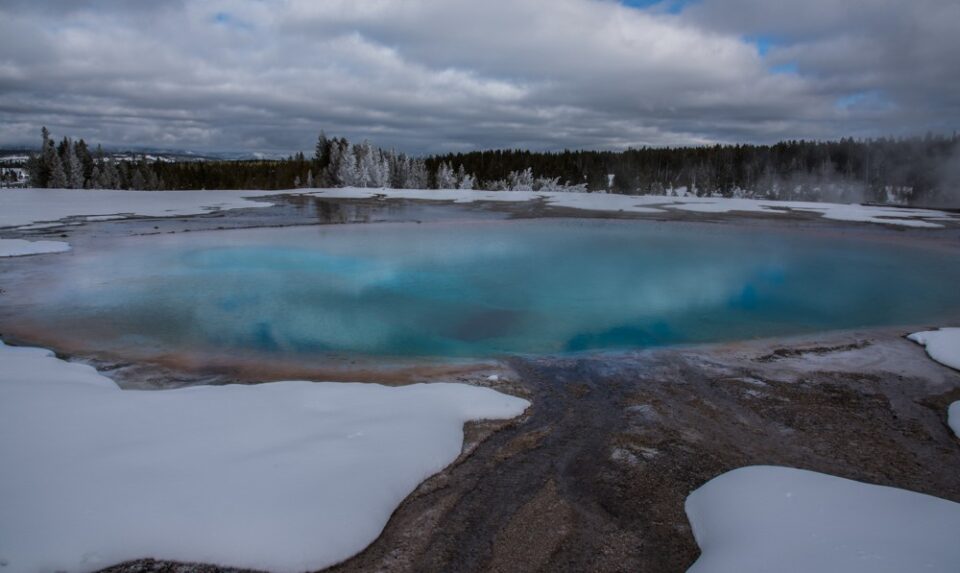
Yellowstone Geysers and Hot Pools in January
The geysers and hot pools are fantastic to see and photograph in January. It’s fun to see the steam rising from the hot pools and geysers and the snowy blanket of white surrounding these hot spots. Also be sure to look for the hoarfrost on the trees.
The Yellowstone snowcoach guides are so knowledgeable to explain all about what you see when you visit Yellowstone in the winter!
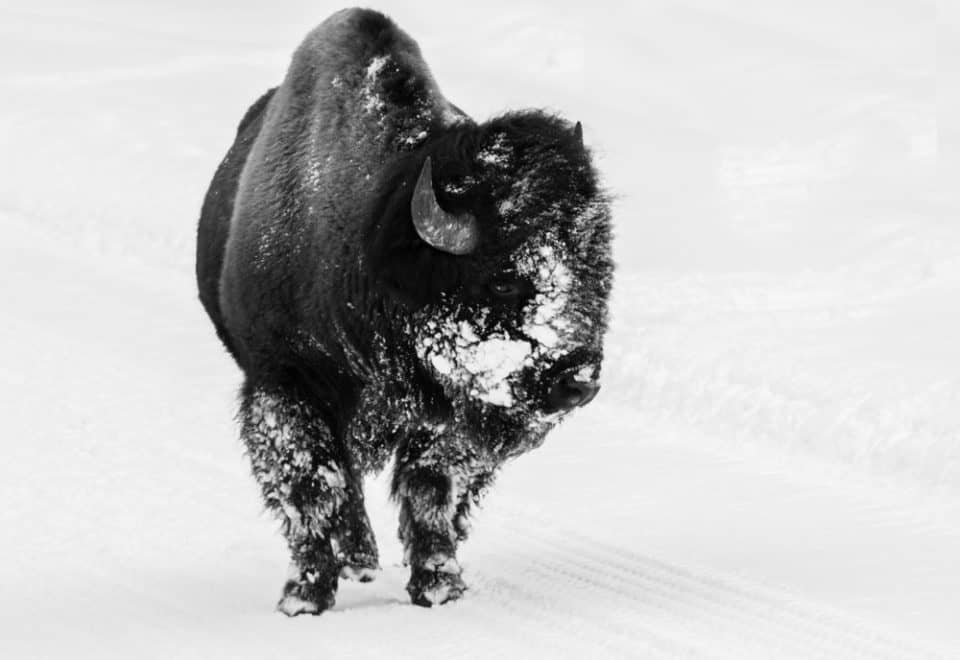
Yellowstone Wildlife in January
Since the park is covered with a blanket of white snow, it’s easier to see the bison, elk, foxes, coyotes, and wolves. The birds you’ll see in January are mountain and black-capped chickadee, red-breasted nuthatch, Townsend’s solitaire, gray jay, and Clark’s nutcracker.
If you’ll be driving along the northern road from Gardiner to Cooke City, remember the parameters to keep you and the animals safe!
- Never approach animals. The animals in Yellowstone are wild and unpredictable, no matter how calm they appear to be.
- The safest (and often best) view of wildlife is from inside a car. Always stay at least 100 yards (91 m) away from bears and wolves, and at least 25 yards (23 m) away from all other animals, including bison and elk.
- Never feed wildlife. Animals that become dependent on human food may become aggressive toward people and have to be killed. Keep all food, garbage, or other smelly items packed away when not in use.
- Never park in the road or block traffic. Use pullouts to watch wildlife and let other cars pass. Stay with your vehicle if you encounter a wildlife jam.
Check out our resource for the best time to visit Yellowstone for wildlife and what animals you’ll see during every month of the year!
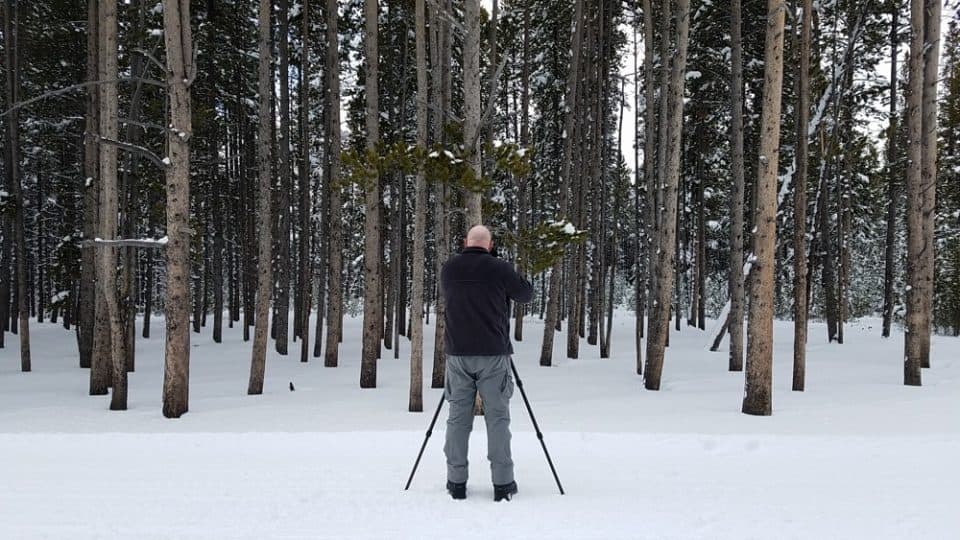
Photography in January at Yellowstone
Our number one photo tip is: be prepared for anything so you can capture the moment when it happens.
In January the weather can change from day to day. There may be sun, snow, clouds, fog, and frost that will create mood. Also look for reflections when taking pictures of Yellowstone.
And we always have our camera ready to go because the wildlife you may see won’t wait for you to find the camera in your car.


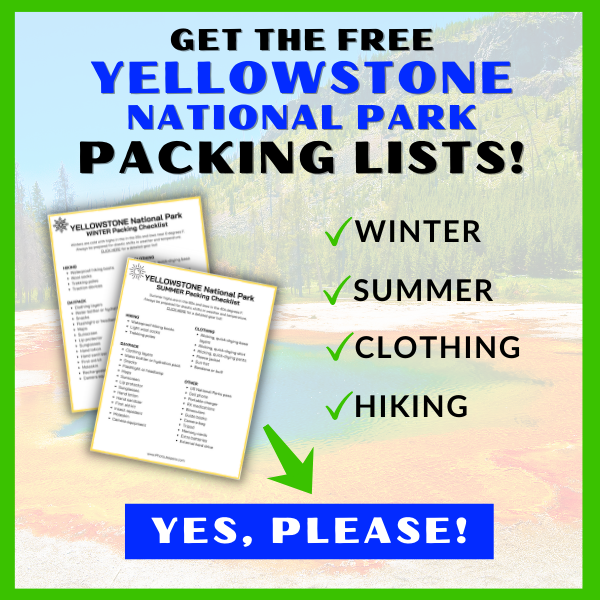
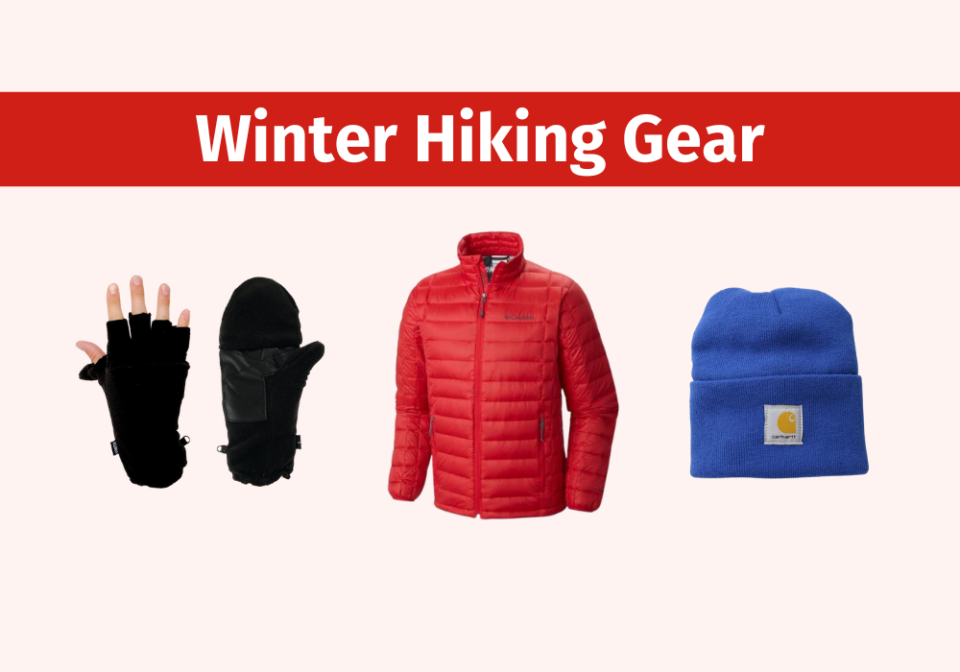

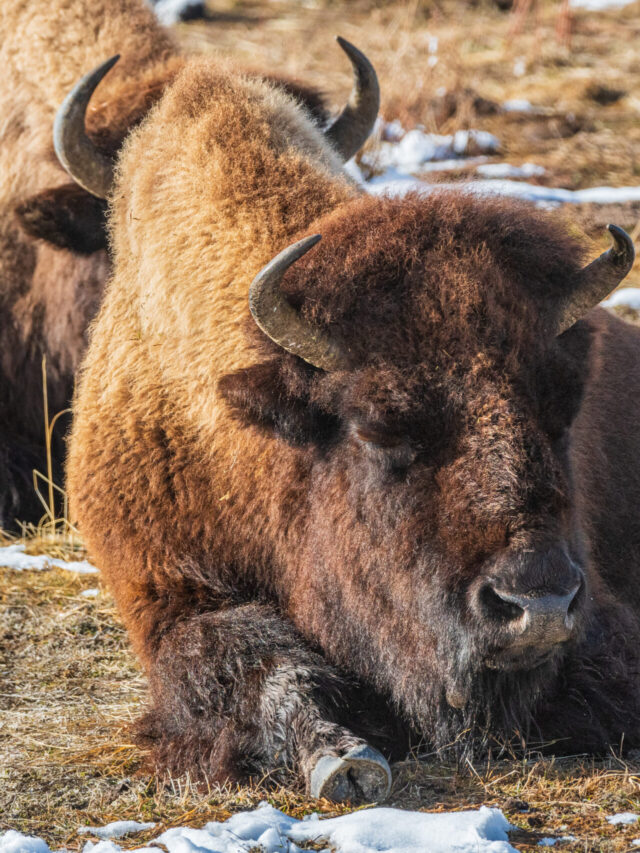
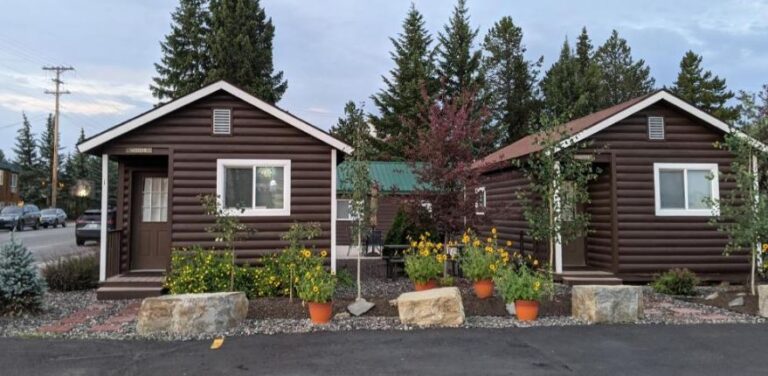
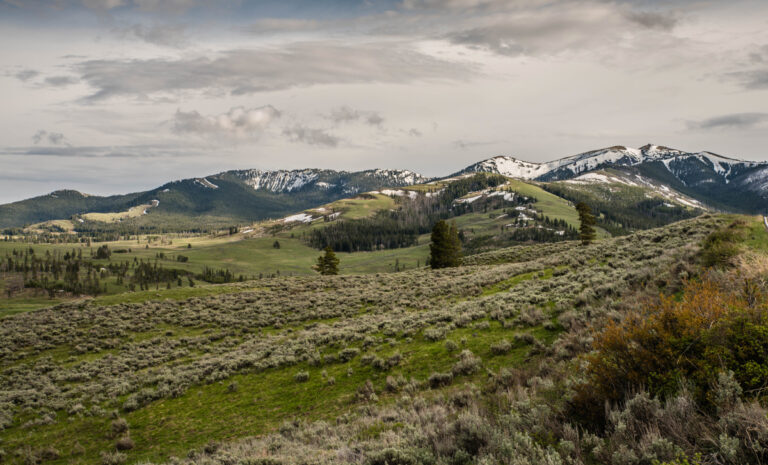
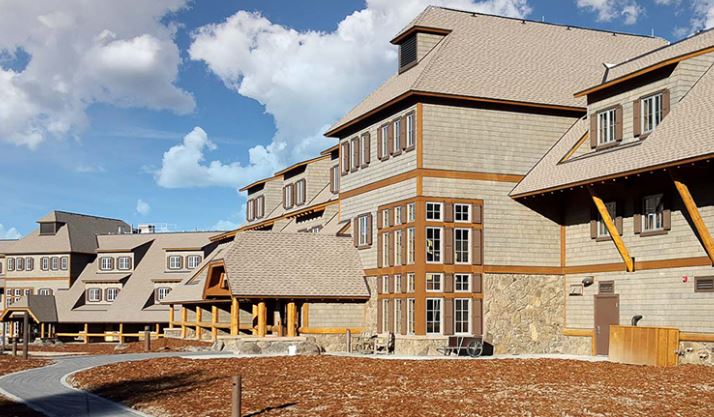
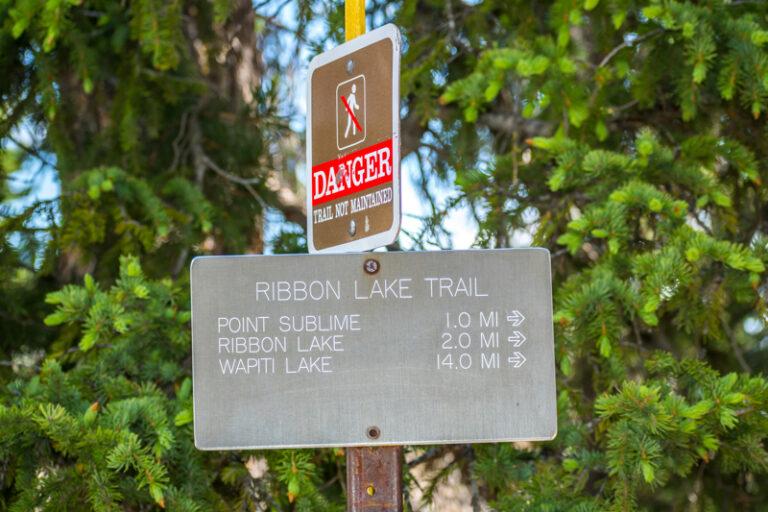
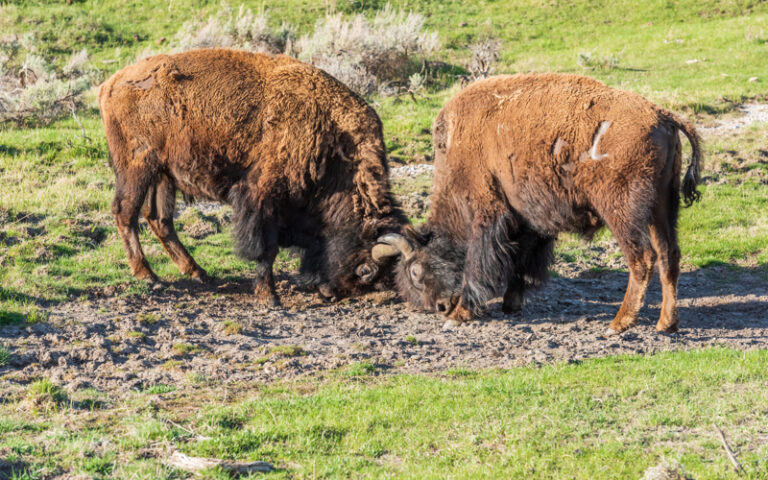
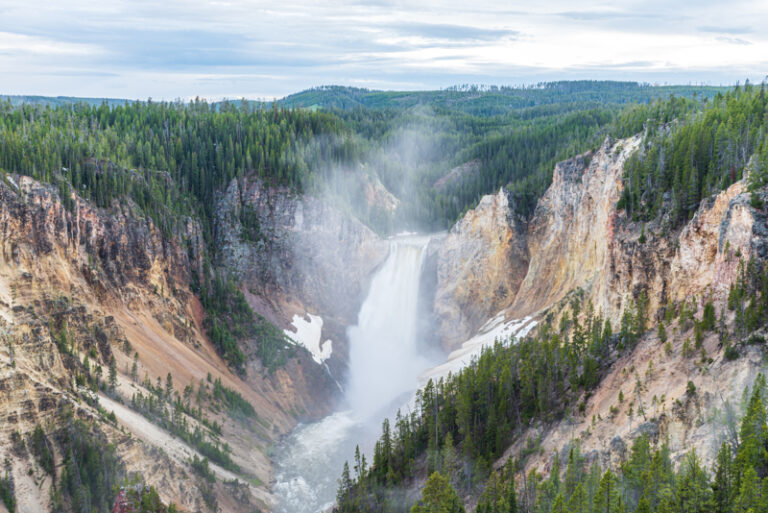
Thank you for all the information that you have provided!! Your post covers everything that I need to know. Your pictures are beautiful!!